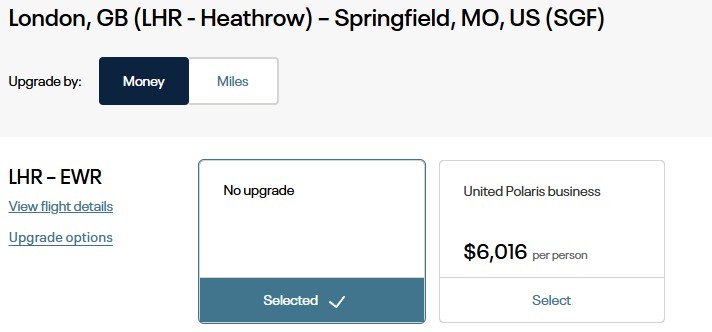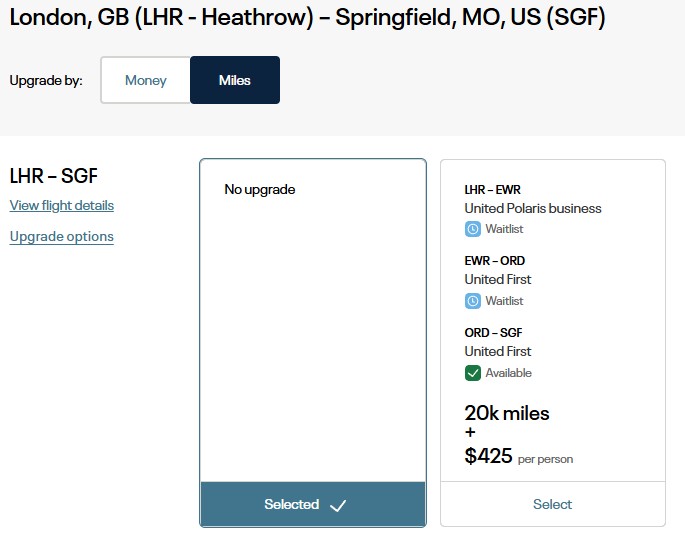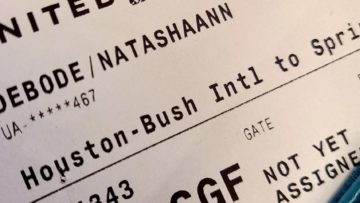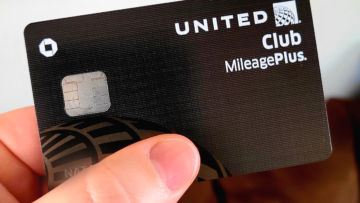You’ve heard from us for years now, talking about how we live our best lives in Europe at every opportunity. We’ve also shared many of our tips and tricks for packing light when traveling abroad. This helps keep your luggage with you during your travels (when your flight suddenly changes) and helps avoid unnecessary costs (and lost luggage), and we’re all about saving money when we can. Because in the world where you get nickel-and-dimed for little things, carry-on bags seem exempt from those irritating fees for most airlines. For now, at least. *squints at airline companies*
What we haven’t talked about very much is how to make your actual flight better. Mostly this is because we didn’t learn about it until recently, but now that we have, we wanted to share. If you’re like us, when you board the plane, you immediately head to the right, back in steerage while quietly wondering what it’s like to turn left. And, like many of you, we always assumed business-class seats were well beyond our financial reach, instead hoping – in vain – for the complimentary upgrades your friend of a friend of a friend got that one time. Or at least that’s the rumor.
Certainly, we’ve shared the products we use to help make our flight experience better, but wouldn’t it also be nice to fly in relatively more comfortable environs? Lay flat seat, anyone?
Booking for Business-Class
We can’t be the only ones who have been on an airline’s website looking for flights and, just for fun, told the engine to search for business (or higher!) class seats. And despite our most fervent wishes for one of those enigmatic ‘fluke’ fares (when the airline accidentally lists a really low price for an upper-class seat), our hopes are always dashed. You want how much for that seat?!
The thing is, when you book a flight in an upper-class cabin, like business-class, you’re booking your full itinerary in that class, or at least insofar as those cabins exist on the planes you’re flying on.
For example, when we leave from Springfield on United Airlines, we almost always head to Denver, Houston, or Chicago before jumping across the pond. That flight out of Springfield is almost always on a small, regional jet (commonly with a 1×2 seating configuration). Those planes don’t have a business-class cabin, so there’s little point in booking the full business-class ticket when some of our flights don’t have business-class seats. Especially at those prices!
We’ve also learned that we’re more interested in business-class seats on the way to Europe, but not as much on the way back. Why? Our flight to Europe is always overnight, meaning that we land first thing in the morning. That means if you don’t sleep on the plane, you’re awake for nearly 48 hours, and the older we get, the harder this is to pull off without any embarrassment. If you can sleep sitting up and your legs don’t throb after being under you for a few hours, kudos to you; it doesn’t work for either of us!
Upgrading to Business Class
If you’re following along, this means that what we’re really interested in is an upgrade to business class on our trans-Atlantic flight on the way to Europe, only. This next part is important: I *need* the airlines to understand that we’re fully prepared to accept complimentary upgrades to business- or first-class as often as they’re willing to give them to us. This conversation is only about the upgrades we must pay for.
To make this happen, we’ve found this process works best for us:
- Book your flight at your regular ticket class. We’ve previously discussed how, especially on long-haul flights, we prefer the Premium Economy seats, so this is where we usually start when booking flights to Europe.
- After your ticket is confirmed (usually, we wait a few days), log into your frequent flier account (if you don’t have one, you should; they’re free) and find your flight. Where these are located depends on the airline, but for United, they’re referred to as ‘Current trips’.
- Then look for the ‘Upgrade Cabin’ option, which, again for United, is in the same area as seat changes, insurance, and ways to change or cancel your flight.

- Click on the Upgrade Cabin button and in the new window it’ll give you the option to upgrade your flight using either money or miles. At first, we only ever looked at the Money option, which was frequently in the thousands of dollars. Nope. But then we started looking at the Miles option and things changed.
For example, on our upcoming flight to London, we can upgrade (to business-class) for $6,016 per person. This is just for the flight from Newark to London, not the flights from Springfield to Chicago or Chicago to Newark. Again, nope. OR we can upgrade using miles, in which case it’s 20,000 miles per person for our entire itinerary. There is also a fee of $425 per person, but that’s considerably more reasonable than $6,000, right?


Other Important Details
There are a few things we want to be clear about:
- First, this is our cost to upgrade from the Premium Economy to Business-class cabin. If you purchase a regular Economy ticket, the upgrade miles + fees might be different, and they won’t let you upgrade at all if you buy a Basic Economy seat.
- Keep in mind that in this scenario, it’s 20,000 miles + $425 for each side of our itinerary. In other words, we’d have to pay this on the way to Europe and the same on the way back, meaning that our total upgrade cost would be 40,000 miles and $850 per person. But again, we’re mostly focused on the upgrade to Europe and will then roll the dice and hope for some kind of complimentary upgrade on the way home. A person can dream.
- We recently learned that if you pay for the upgrade (either with Money or Miles) a while before you leave, you might get put on a Waitlist. You will still be charged, but they’ll wait to upgrade you until closer to your flight, often 24-48 hours before you leave. That’s frustrating but know that if the upgrade ends up not being available, you’ll be refunded for the upgrade charge.
We know $425 per person is still a hefty price to pay, especially when flights are getting more expensive. However, it’s much less than paying directly for the upper-level cabin, so we’re okay with it. Especially since we’ll arrive at our destination ready for a great time instead of with painful legs, desperate for some rest, and seriously jetlagged. Remember, all this time we’ve talked about ways to save money so you can either travel for less, or be more discerning about where/when you splurge; this is one place we see the value in splurging when we can.
Not sure you have enough miles? No problem. You can purchase miles, but we never go this route. Instead, if you have a credit card that accrues points and is a partner with United (check your credit card portal for details), you can transfer points from your credit card to your United account. Alternatively, if you know where to look (we always leverage help from our friends at 10X Travel), you can find great sign-up bonus deals for a new credit card. As always, if you decide to open a new card, we always advocate for knowing your spending limits and never going beyond that. In other words, when we open new cards, it’s for the bonus, and we already know how it fits into our current spending and how to offset any annual fees with the benefits the card brings. Always spend responsibly!
We hope this is as helpful for you as it has been for us. Again, we don’t do this every flight, but for the long-haul flights, those lay-flat seats and quieter cabin really do make a difference.
Whatever you do, get out there and live your best life! See you out there!




